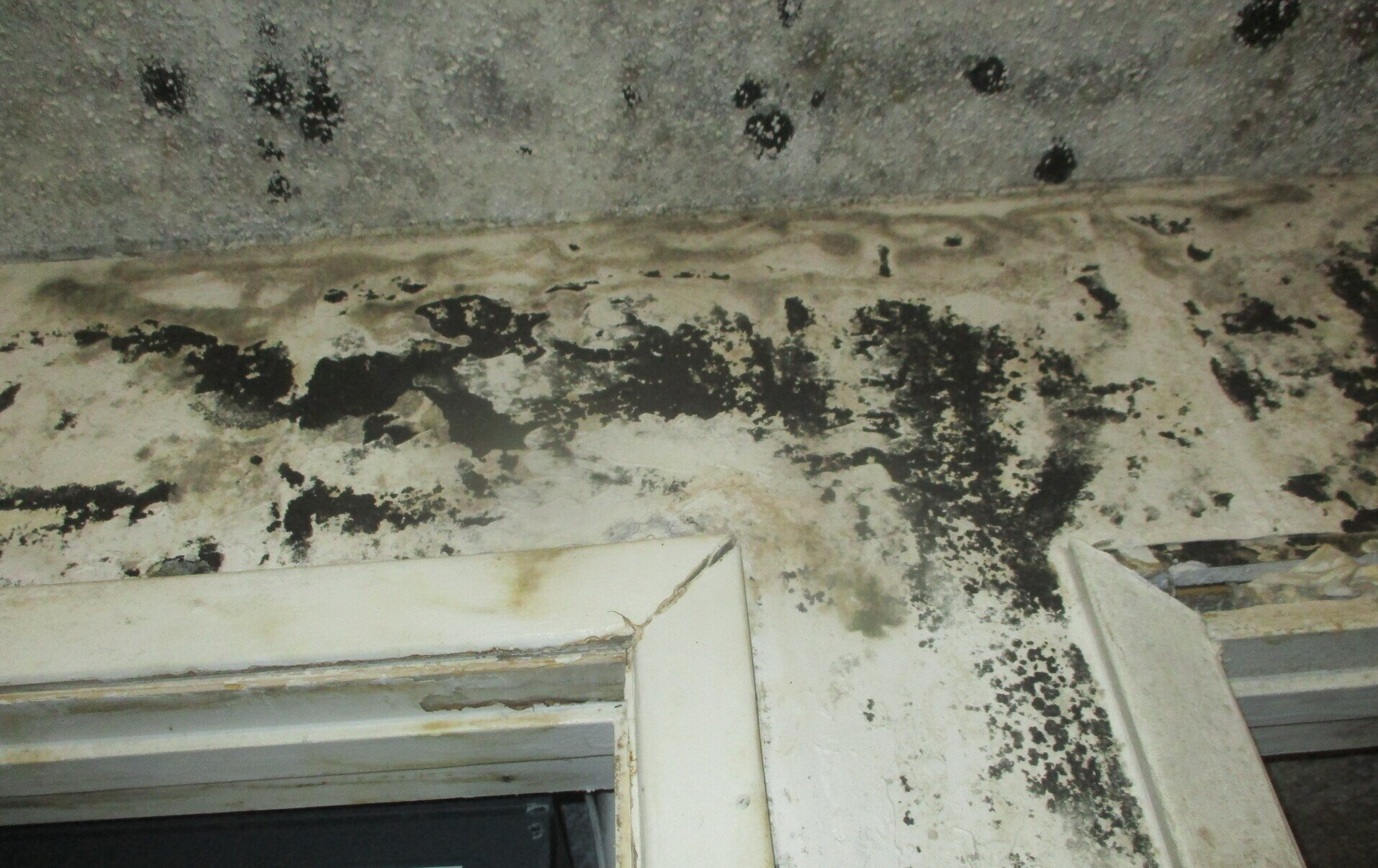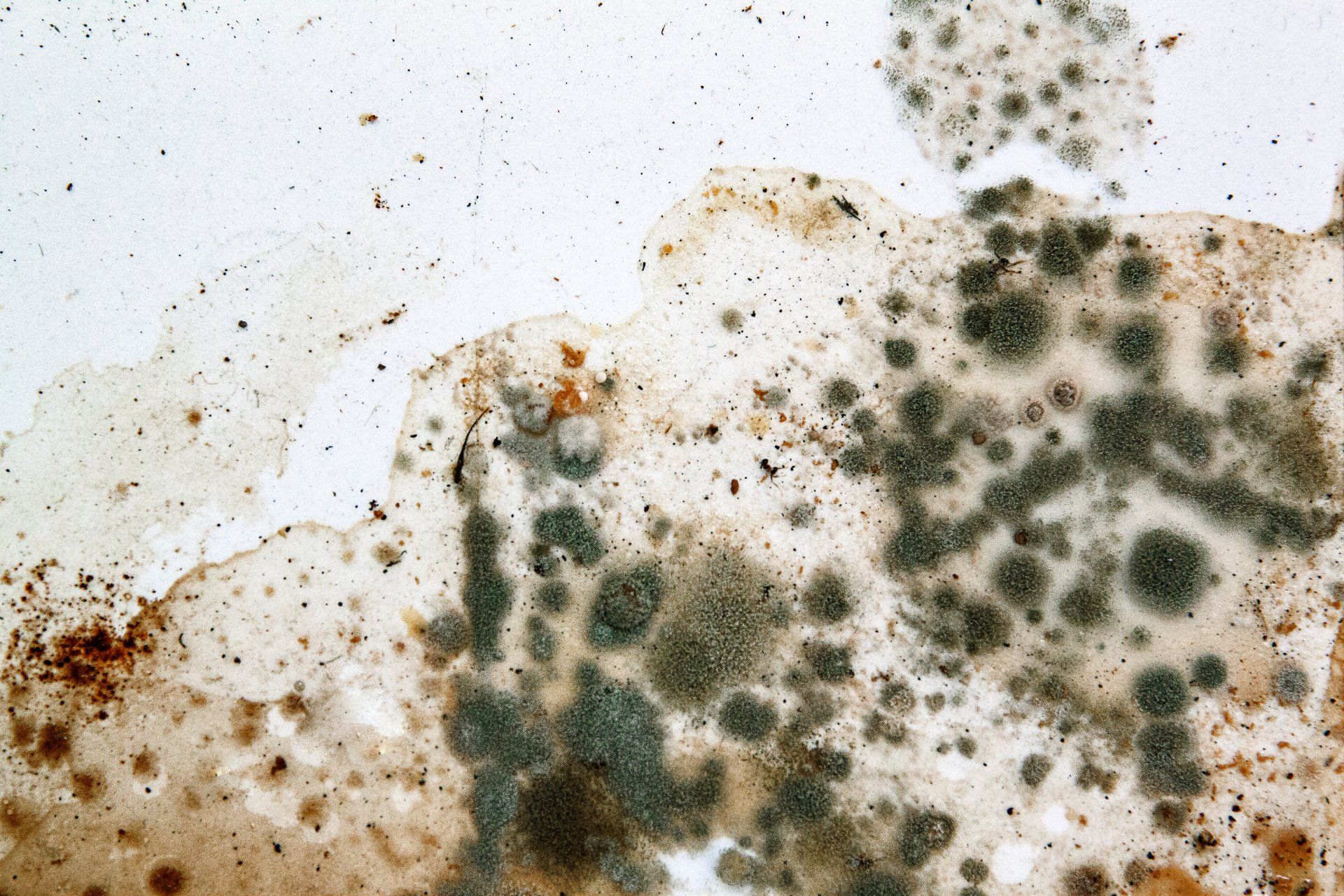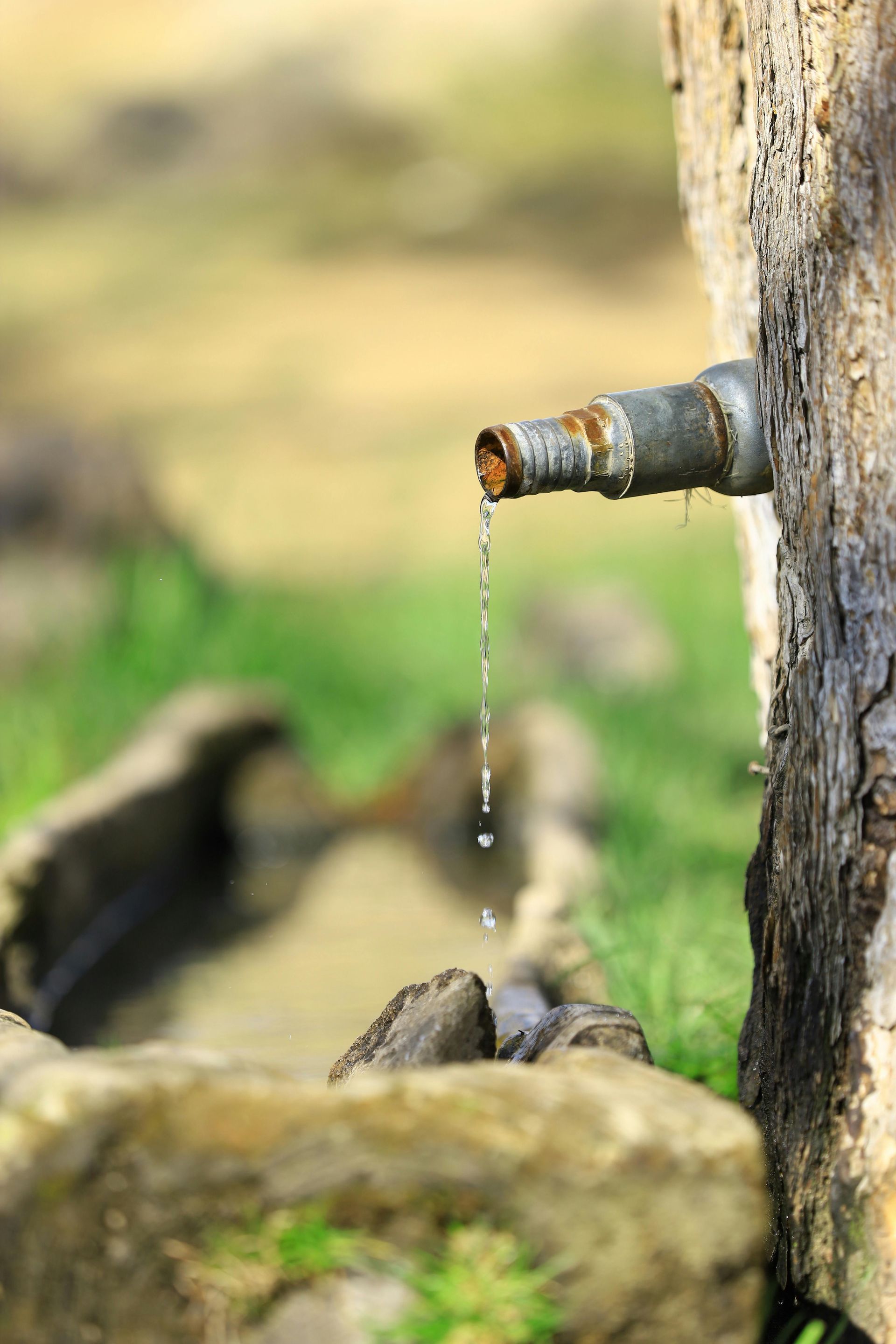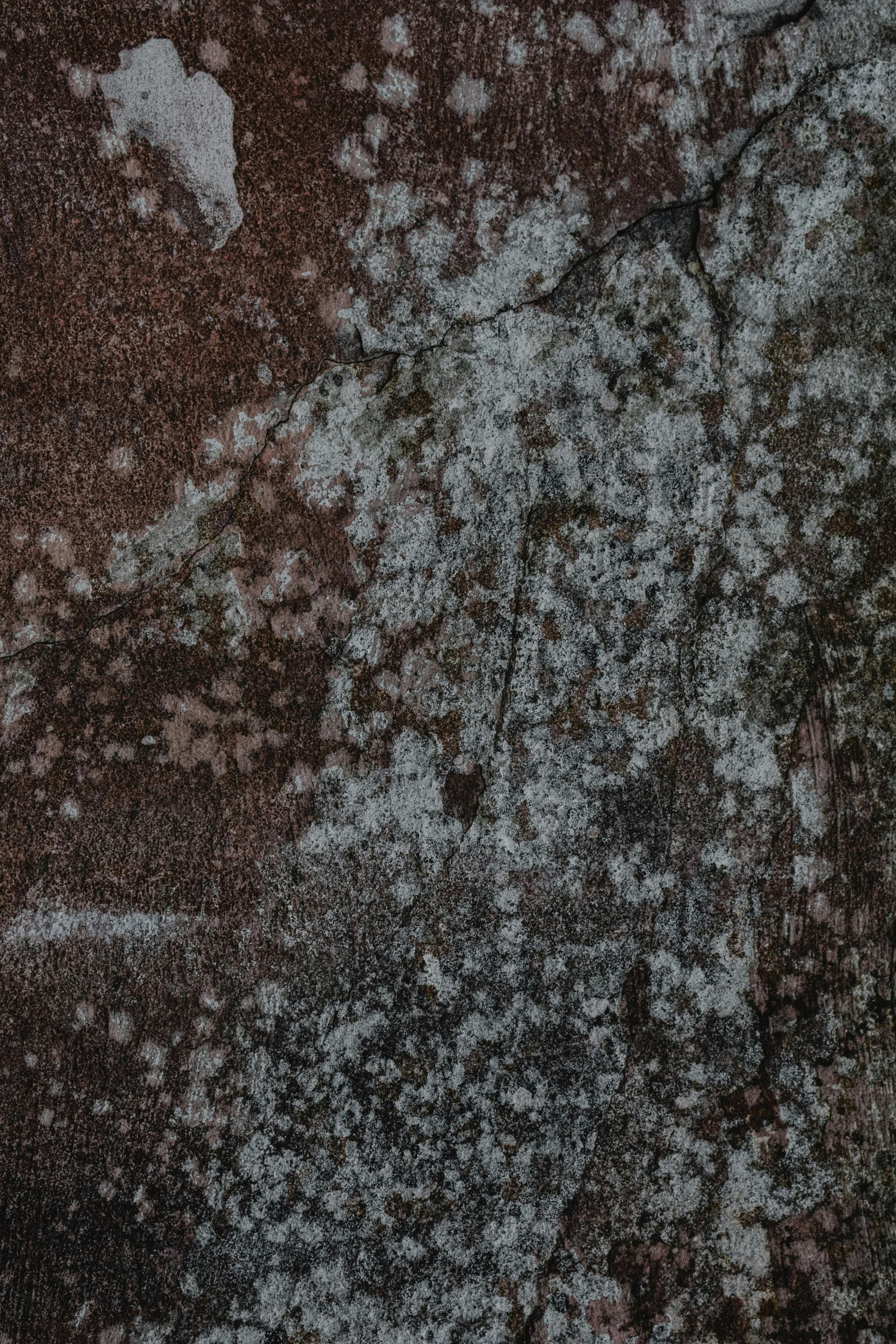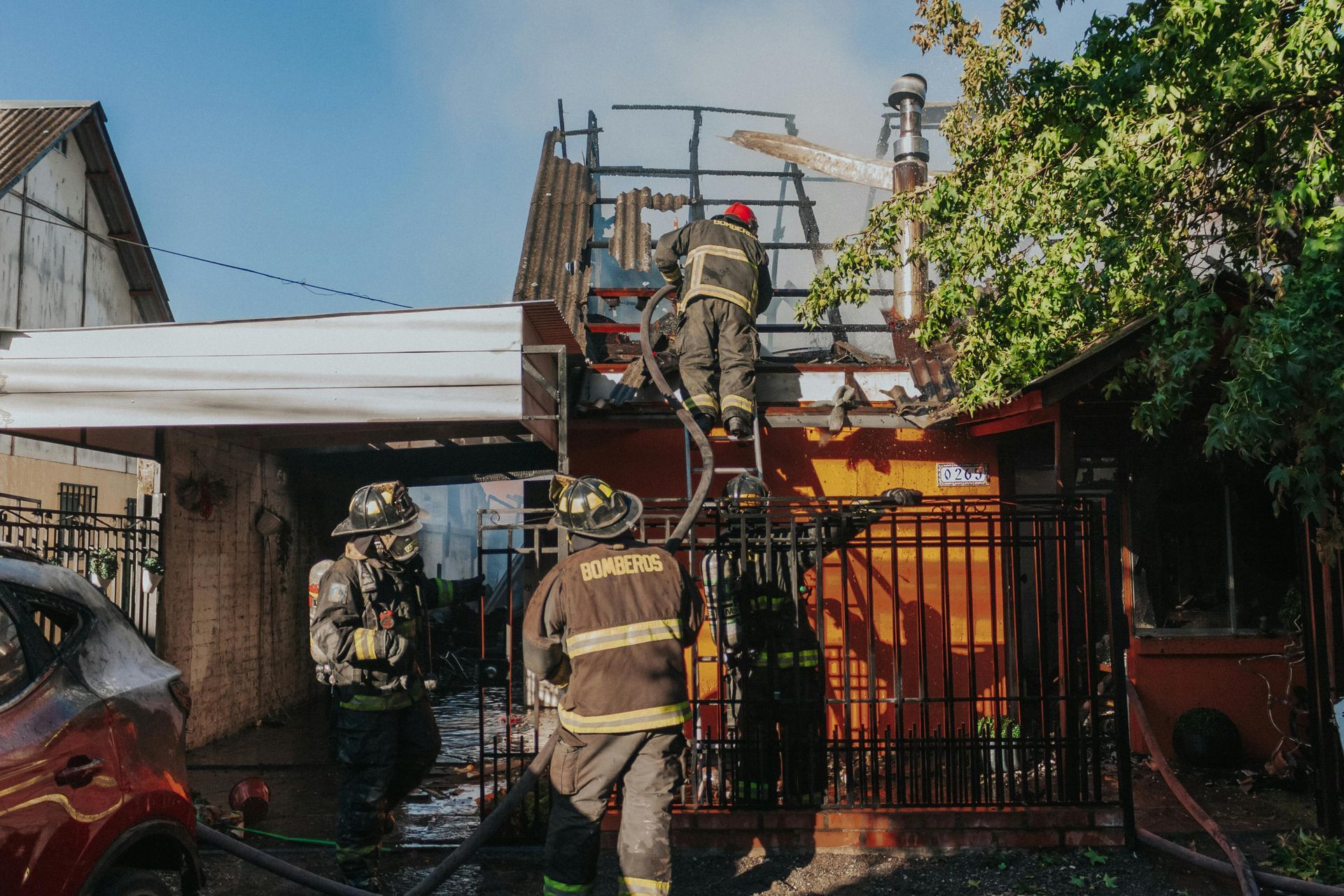The Dangers of Mold Growth in Your Home
Don't Ignore the Dangers of Mold in House: What You Need to Know
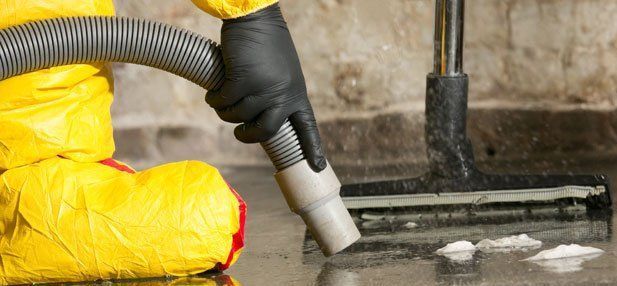
Mold is a type of fungus that grows in damp, dark places and can be especially prevalent in homes with high humidity levels or water damage. It can range from harmless varieties to harmful toxic mold, which can cause serious health issues and structural damage.
In this article, we will look at the potential risks of mold growth, ways to identify it in the home, and steps that can be taken to prevent and remove mold. Let's check the health risks and structural damage it can cause.
Health Risks
Mold is a type of fungus that can be found indoors and outdoors. While some molds are harmless, others may produce toxins known as mycotoxins, which can cause health risks if people are exposed to them for long periods of time.
According to a study published in the American Journal of Industrial Medicine, people exposed to elevated levels of mold were more likely to develop chronic respiratory illnesses than those who had no exposure.
Allergic Reactions
Mold allergies can range from mild to serious. Common symptoms of mold exposure include sneezing, runny nose, itchy eyes, coughing, and skin rashes. In severe cases, mold allergies can cause asthma attacks or even anaphylactic shock. People with compromised immune systems may be more susceptible to the dangers of mold in the house than those with stronger immune systems. Furthermore, certain age groups, such as infants and young children, may also be more prone to developing allergic reactions due to mold exposure.
Respiratory Issues
Exposure to black mold can cause a wide range of respiratory problems, ranging from allergy-like symptoms such as coughing and sneezing to more serious issues like asthma. In people with allergies or asthma, exposure to mold can worsen their existing condition. Inhaling mold can irritate the airways in the lungs and lead to inflammation, resulting in shortness of breath, wheezing, and chest tightness. People with weakened immune systems are particularly vulnerable to more serious respiratory illnesses caused by mold.
Headaches and Fatigue
Mold exposure has been linked to a range of health issues that can have an impact on one's energy levels and cognitive functioning. The most common symptoms associated with mold exposure are headaches, fatigue, and difficulty concentrating. In addition, those exposed to mold may experience memory problems, confusion, irritability, and depression – all of which can have a negative impact on energy levels. Studies suggest that the toxic substances produced by mold can affect the brain and central nervous system, leading to neurological problems.
Irritation
Molds can cause nose, throat, and eye irritation. It is believed that reactions to molds are caused by certain toxins or allergens produced by the mold. These irritants can cause inflammation of the mucous membranes in the eyes, nose, and throat, leading to watery eyes, runny nose, and sore throat. Further symptoms can include sneezing, skin rashes, coughing, and shortness of breath. In some cases, mold exposure has been linked to pulmonary illnesses such as asthma or bronchitis.
Fungal Infections
Mold exposure can result in a variety of fungal infections. The type of infection depends on the type of mold and the body's response to it. Common fungal infections that may be caused by mold include Aspergillosis, Blastomycosis, Cryptococcosis, Histoplasmosis, Lung infections (like Aspergilloma, allergic bronchopulmonary aspergillosis, and invasive pulmonary aspergillosis), Mucormycosis, Pneumocystis pneumonia (PCP) and Candidiasis.
Neurological Symptoms
Mold exposure has been linked to a variety of neurological symptoms, such as memory loss and difficulty concentrating. Mold can cause inflammation in the body, which can affect the nervous system and lead to these symptoms. Inflammation affects neurotransmitters in the brain, leading to impaired cognitive function and changes in mood and behavior. In some cases, mold exposure has been linked to chronic fatigue, headaches, and dizziness. It is important to note that the research into this area is still relatively new, so more studies are needed to understand how mold affects the brain specifically.
Immunological Reactions
Mold exposure can have a significant impact on the immune system. Studies suggest that mold and immunological reactions are closely linked, as mold contains toxins (mycotoxins) that can trigger an immunologic response. Mycotoxin-induced inflammation has been linked to asthma, allergies, hypersensitivity pneumonitis, and other conditions. Additionally, mycotoxins can suppress key immune responses such as T and B cell proliferation, cytokine release, natural killer cell activity, and phagocytosis. This suppression of the immune system makes individuals more susceptible to contracting other illnesses or infections.
Toxicity From Mycotoxins
Mycotoxins are toxic substances produced by certain types of mold. Exposure to mycotoxins can result in serious health problems, such as liver or kidney failure, respiratory illnesses, and even cancer. The most common molds that produce mycotoxins include Aspergillus and Penicillium species. These molds grow on foods such as grains, nuts, fruits, and vegetables. Mycotoxins can also be found in water-damaged buildings where dampness encourages the growth of mold. Symptoms of mycotoxin poisoning include fever, headaches, coughs, and rashes. Long-term exposure to mycotoxins can lead to more serious health conditions such as cancer.
Sudden Infant Death Syndrome (SIDS)
Mold exposure has been linked to Sudden Infant Death Syndrome (SIDS) in rare cases. Although it is impossible to predict or prevent all cases of SIDS, parents should take the necessary precautions to reduce their baby's risk. Babies exposed to mold may be at an increased risk of developing respiratory infections and other respiratory problems, such as asthma. Parents should check for visible mold growth in their baby's rooms and make sure that any other areas of the house where they sleep have adequate ventilation.
Structural Damage
Mold growth in homes can have a significant impact on the structural integrity of the property. Mold can cause weakening and deterioration of building materials, leading to issues with wall and floor stability. Mold growth can also increase moisture levels, resulting in wood rot and other damage to walls, floors, and furniture. In extreme cases, large-scale mold growth can compromise the structural integrity of a house and even lead to partial or total collapse.
Weakening of Building Materials
Mold can weaken the integrity of walls, floors, and ceilings by causing damage to the structural components. The growth of mold requires water, warmth, oxygen, and darkness – all conditions found in many buildings. If unchecked, mold will create microscopic holes in wood-based materials, which weaken the wall's structure.
Compromised Foundation
Mold growth can have a significant impact on the foundation of a home. As mold spreads, it weakens the structure and can lead to costly repairs that could have otherwise been avoided. It is important to address mold growth as soon as possible to prevent more extensive damage. This means conducting regular inspections of the home's interior and exterior.
Decreased Property Value
Mold growth can have a significant impact on the value of a property. Mold can cause substantial damage to a home or commercial building, making it difficult and costly to repair. It can also make the property less attractive to potential buyers, as many people are worried about health risks associated with mold exposure.
Increased Risk of Collapse
Mold growth can cause serious damage to structures. Not only is it an eyesore and a health hazard, but the roots of mold may penetrate through porous surfaces such as wood and drywall, weakening them over time. This can result in structural failure, which could be devastating for buildings and their inhabitants.
Discoloration, Warping, or Deformation
Mold growth can cause discoloration, warping, or deformation of building materials. This can have a significant impact on the aesthetic appearance of a home. For example, if mold grows on walls and ceilings, it can cause discoloration over time. Warping and deformation might occur in wood, vinyl, and other materials as a result of mold growth. This can create unsightly bumps on walls and floors while also impacting the structural integrity of the home.
Unpleasant Odors and Reduced Indoor Air Quality
Mold growth can have a negative impact on indoor air quality and the health of those who live or work in the affected space. Mold spores that are present in the air can lead to unpleasant odors, causing respiratory issues like asthma, allergies, and other health problems.
Increased Potential for Pest Infestations
Mold growth can be a major attractant for pests such as insects, rodents, and other animals looking for food or shelter. If left unchecked, these pests can cause further damage to building materials and spread mold spores throughout the area. Not only are the tiny insects and spiders living in damp spaces annoying, but they also carry bacteria that could potentially cause health problems.
Increased Potential for Future Water Damage or Mold Growth
Mold growth can be an indication of underlying moisture-related problems, such as water infiltration or diffusion. If left unaddressed, these issues can lead to further water damage and mold growth in the future. For instance, if a wall is damp due to water infiltration from outside, this can result in mold developing on the surface of the wall. Over time, this mold can spread to other parts of the building if the underlying moisture issue is not taken care of.
Identification and Prevention
Mold is a common problem in the home, but it can be hard to identify because it often grows in hidden or hard-to-reach places. Visible signs of mold growth include discolored patches on walls and ceilings, fuzzy growths in dark, damp corners or near windowsills, and musty odors. These are indicators that there is mold present and should be addressed immediately.
The best way to prevent mold growth is to keep moisture levels low in the home through proper ventilation, such as using exhaust fans when showering or cooking. It's also important to address water damage and leaks quickly, as moisture can easily become trapped in walls or floors and lead to mold growth.
It's also important to keep your home clean and free of clutter, as mold spores can easily take root in dusty surfaces or forgotten piles of laundry. Regular cleaning and regular inspection for signs of moisture and mold can help you prevent the growth of unsightly and potentially harmful fungi. Lastly, be sure to ventilate areas such as basements or attics, which tend to accumulate moisture and become a breeding ground for mold.
By following these tips, you can help keep your home free of mold and keep your family safe from its potential harm.
Remediation and Removal
Mold remediation and removal involve multiple steps to ensure your home or business is safe from toxic mold. The first step is an inspection, where a professional assesses the damage done by the mold. They will identify what type of mold it is and test for toxins in the air quality. After the results are established, they will create a containment plan to prevent the spread of spores.
The next step is to remove affected materials, such as drywall or insulation. This includes cutting out the affected area and disposing of it safely. During this process, air scrubbers are used to ensure mold spores are not spreading through the house or building. If carpets or furniture have been affected, they will be removed and discarded as well.
It is important to work with a professional mold remediation company to ensure your home or business is thoroughly and safely cleaned of mold. A reputable company will have the necessary training and experience for successful removal. They should also provide a guarantee on their services to ensure you get the quality of service you deserve. Ask friends or family for recommendations if possible.
Fight the Mold in Your Home With Sunshine Restoration
Mold growth in the home can be a serious problem, leading to health risks and expensive property damage if left unchecked. To protect your home and loved ones from mold, it is important to remember the following key takeaways:
- Take notice of water damage or leaks on walls and ceilings
- Make sure that your home has proper ventilation
- Regularly inspect areas like attics and basements for mold growth
- Clean up any spills or moisture right away
- Don't ignore suspicious musty odors.
If you have found or suspected mold in your home, it is important to act quickly and take the appropriate steps to remediate and remove it. Sunshine Restoration has experienced and certified professionals who can provide mold remediation services to help keep your home safe. Contact us today for a free assessment of your property, and get back the peace of mind that comes with a clean and healthy living space.
Don't wait - contact Sunshine Restoration today to protect your home from mold growth!



